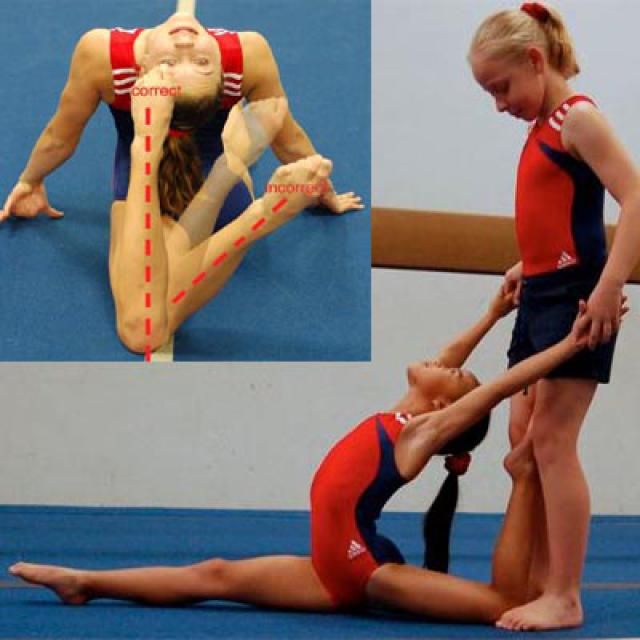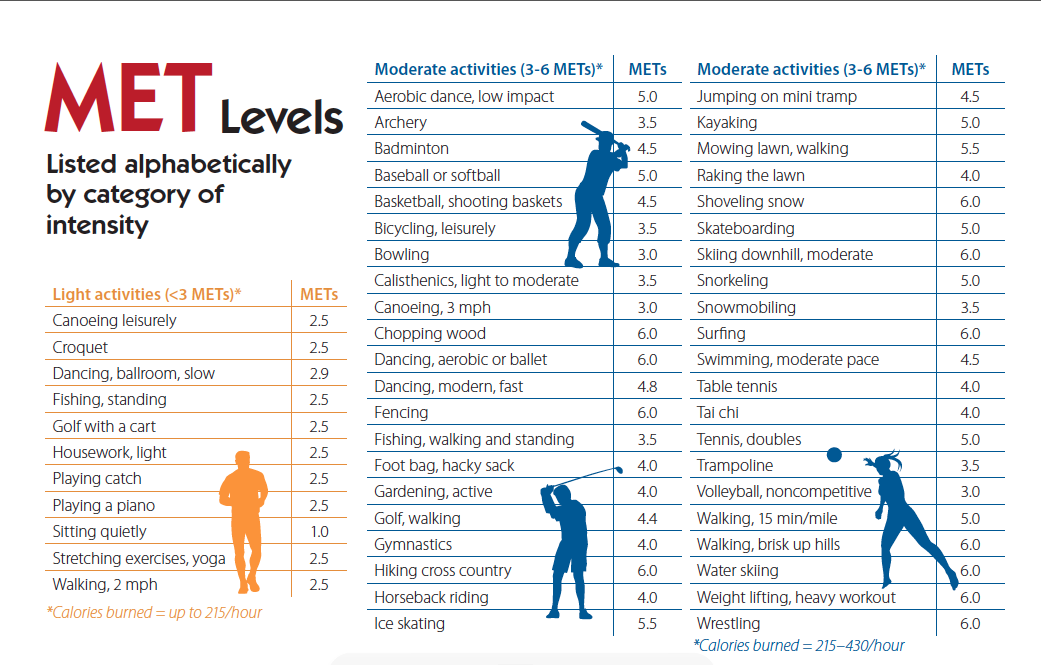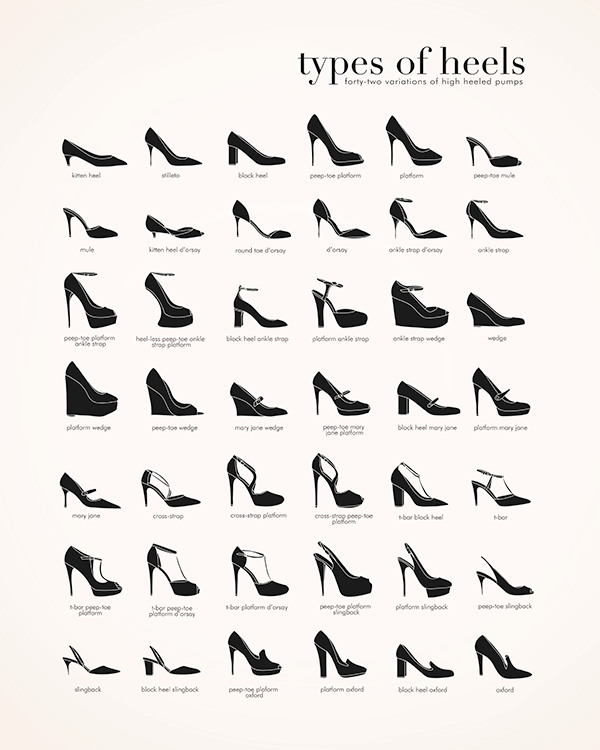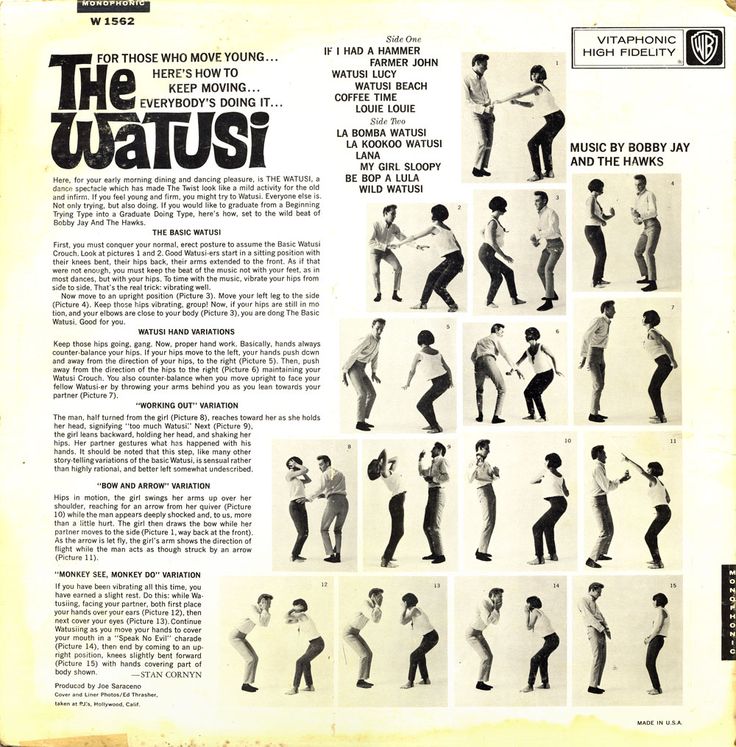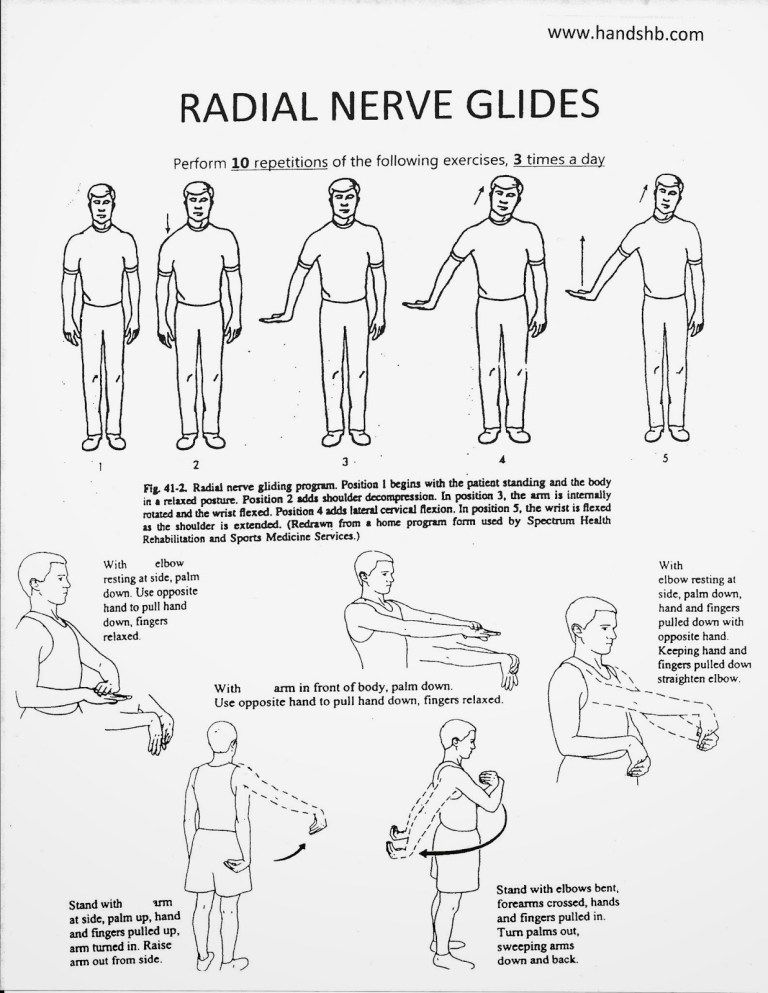How to dance cuban style
6 Basic Cuban Salsa Steps You Need To Know
Among the different styles of salsa, the Cuban, which is also called "casino", is the most danced and for which more people usually start dancing salsa.
With the exception of a few dance figures, most of the Cuban salsa figures are performed in pairs and together with the music they do a very fun, energetic and social dance that we at go&dance openly recommend.
Want to learn the basic steps to dance Cuban salsa from zero?
Then do it. Think that it takes very little to get started... With a comfortable outfit, good shoes and a good dancing school you have enough to start with.
Is Cuban salsa a choreography or an improvisation?
Although the figures that are being learnt can concatenate and achieve a salsa song that is totally choreographed, the truth is that cuban salsa is danced spontaneously and freely. When the appropriate fluency is reached, the figures or part of them will be made, taking elements separately, in an improvised way, following the rhythm of the music.
The grip is very important. Depending on the figure to be made, there are different types of grip. In general, most of the time the dance is with the couple open, by grasping a hand.
Today we want to show you some of the basic Cuban salsa steps to start dancing this beautiful and fun dance.
6 key moves you need to know to dance Cuban Salsa
Step 1. The basic step of Cuban salsa
The Cuban basic step has a rhythm of three steps followed by a pause, fast-fast and slow. The basic step is done by taking one foot back, stepping on the floor with the other foot and returning to the first position. Then, after a pause cam, the operation is repeated again with the other foot.
The step back should not be exaggerated, but only serve to make the hip movement more agile.
Step 2. Dile que no.
One of the most important steps of Cuban Casino style salsa, used continuously after the completion of each figure. It starts in the grip position and ends with one hand held.
Its name,"dile que no" (tell him no), comes from the fact that the man marks a forward and a lateral in beats 1,2 and 3, while the woman in beat 5, instead of stepping back makes a figure fake and finally a change of position in the shape of a crescent.
As we can see, this step consists of the woman moving away from her dancing partner by means of her rotation (saying no). The movement ends when the man pulls the woman towards himself and the two of them are placed close together again, but on the opposite side to the one they had in the beginning.
Step 3.
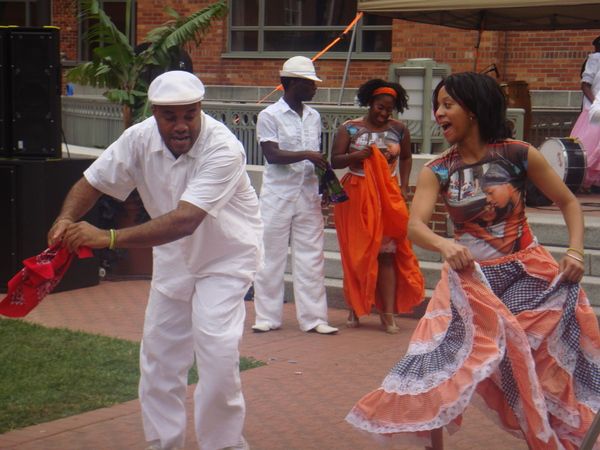 Enchufla
EnchuflaThe enchufla is characterized by a change of position in the dance and because it moves from dancing to arm free to grip, with half a turn of the boy and half a turn of the girl.
In the case of the man, in the first measure he marks with his left foot, walks with his right foot, and in beat 3 he walks again with his left foot and starts a half turn to the right. In the second measure, it will mark the beats 5,6,7 being front and with full grip with the girl. When walking in time 2 she pushes the girl to a change of position, raising her left arm so that the girl passes under her arm.
The girl in the first measure marks with her right foot and walks with her left foot, advances in beat 3 with her right foot and starts a half turn to the left.
Step 4. The cubanito
The cubanito or cubanito is one of the initiation steps in salsa. In short, it is a small game between the couple, between fakes and feints, which ends with an openbreak and a no to say no, to finish the figure.
In short, it is a small game between the couple, between fakes and feints, which ends with an openbreak and a no to say no, to finish the figure.
In its visual aspect, the boy follows the girl's movements by placing himself behind her, then moving to the front position and repeating the steps again. The figure will end with a plug, the openbreak and tell him no.
Step 5. 70 en la salsa
At the beginning of the figure, in beats 1,2 and 3 the spin is prepared. The boy raises his left arm in beat 3 and the girl will turn in beat 3 to her right. In beats 5-6-7 the girl turns completely to her right with three steps forward, describing a small circle.
Meanwhile, the boy in these steps can stay in place by marking the base step, or better yet, move around the girl on her left. Finally, we will undo the figure as if it were a plug.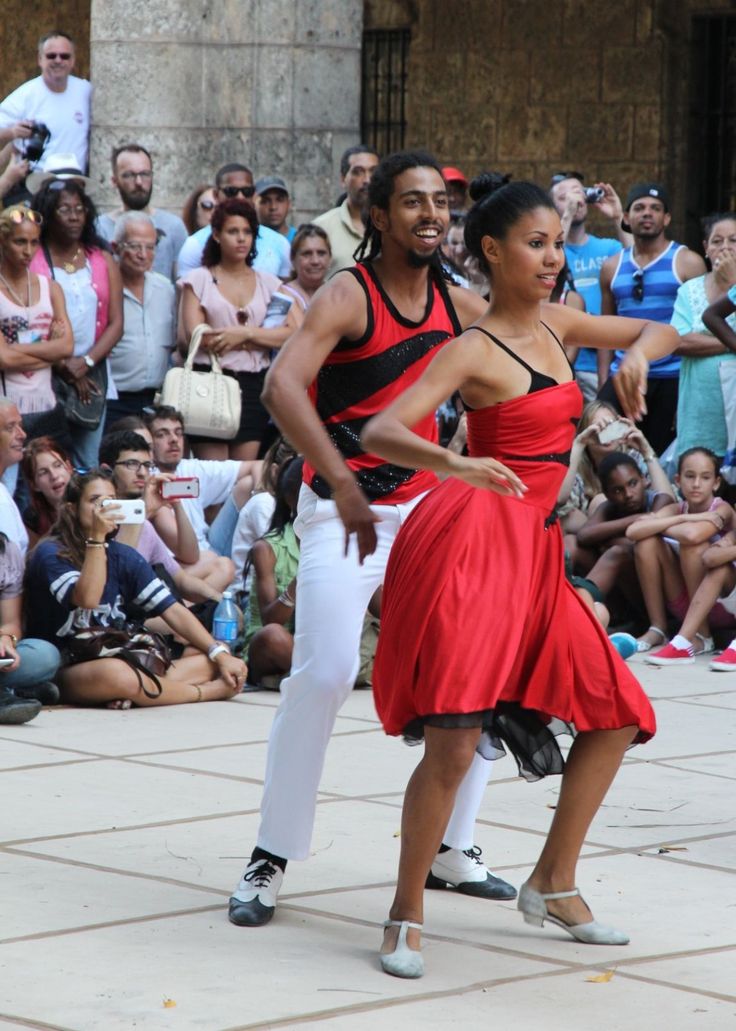
Step 6. Croqueta complicada
The croqueta complicada is one of the most visual figures when it comes to salsa dancing. Starting from a enchufla and changing hands, the girl will make a complete turn in one direction or another, before ending up in an openbreak and saying no to her.
As you can see, these are some of the main dance steps of Cuban salsa. If you have not danced and you are a beginner, you must know that salsa dancing is a very entertaining activity to have fun with as a couple, strengthening relationships, and with many healthy advantages.
So at go&dance we encourage you to sign up for salsa classes to have fun in a social and fun way.
You may also be interested in: 4 basic bachata steps for dancing to any song
PS: What style of salsa do you prefer to dance? - Tell us about it in the blog comments and if you like the post, share it! Thank you very much.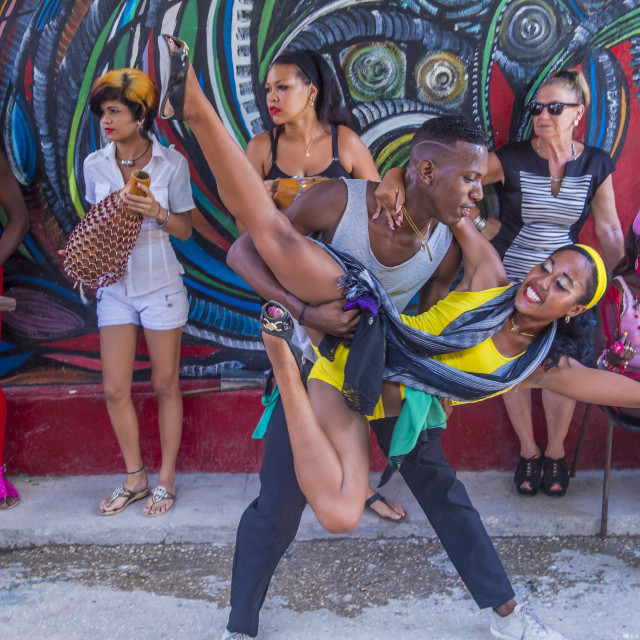
Types of Cuban dances - go&dance
There are many types of Cuban dances like salsa and it has spread all over the world. Its origin is in Cuban popular music. The dynamic way of dancing and some very visual and attractive figures have spread through the academies and dance floors.
It's quite likely, if you're a dance lover, that on more than one occasion you've danced salsa, or even go to dance classes to learn salsa dancing. But do you know how salsa came about? Do you know the different types of Cuban dances?
Image source: Huelva buenas noticias
A little bit of salsa history... The origins
These Cuban dances are linked to the history of Cuba. In the seventeenth century, a kind of mestizo dances arrived in Spain, joyful and with movements not adapted to the modesty of the time.
Around 1776, a dance called "chuchumbé", with mischievous and malicious touches that spread rapidly, would come from Cuban culture.
Since the 1920s (1920s) and especially since 1960, Cuban salsa and timba dancing in Cuba has been a sign of identity, and these Cuban rhythms and dances have become increasingly popular internationally, thanks to important names such as Desi Arnaz, Marcelino Guerra, Fajardo, Xavier Cugat, Mario Bauza, José Curbelo, Chano Pozo, and many others.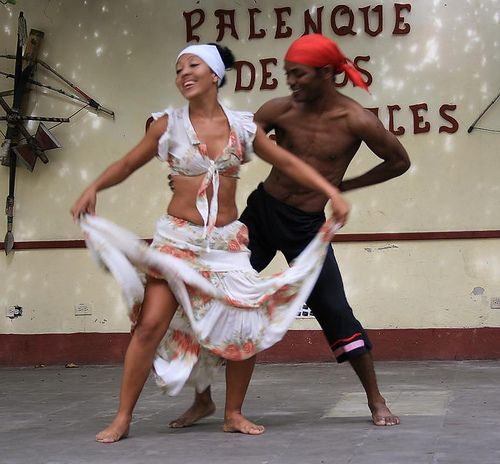
Styles and dances with Cuban rhythms
How many Cuban dances do you know? I'm sure you're thinking of salsa, and there are others you're not sure are from Cuba. Let's go over the most important ones. Ahh..."and don't forget to share this article. I'm sure many other people around you will be interested in learning more about Cuban music.
- The rumba. This Cuban dance was considered immoral in its beginnings (like other dances), has been having with time a high popularity. It has been called the "Afrolatino" genre and has been integrated like few others in all that surrounds the world of entertainment and song.
- Among rumba types, guaguancó has been one of the most influential off-islanders, not least because of its rapid movements of hips, shoulders and pelvis. Highlights in the guaguancó the touch of seduction of the woman.
- Cuban son is the basis for many other dances, while it is the basic foundation of salsa, mambo and virtually all Latin rhythms.
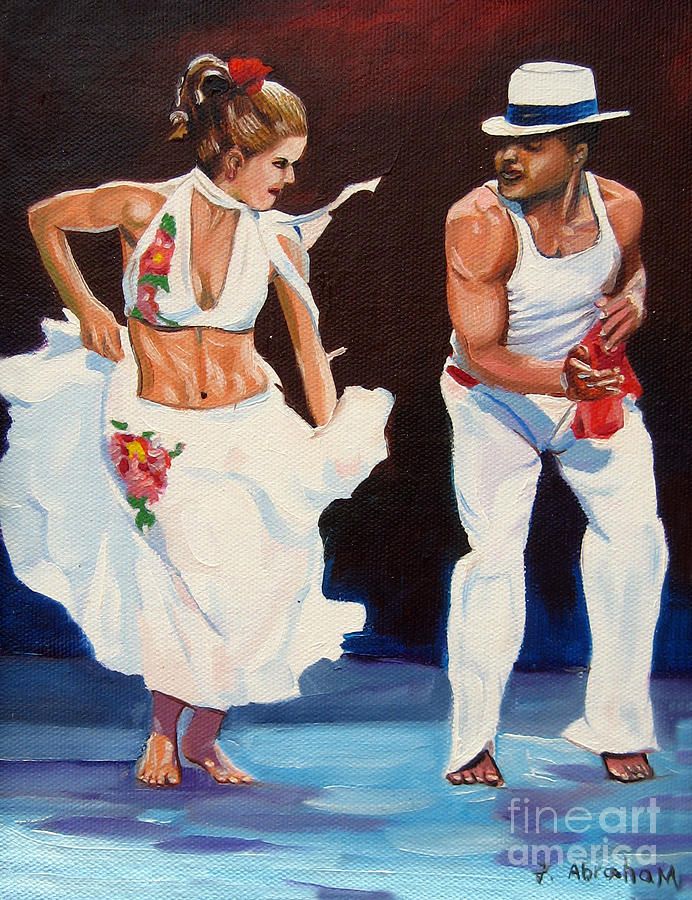
- The mambo with its highly expressive movements and some acrobatic figures has made its way through the nightclubs and shows. Over time this Cuban dance has been gaining in structure and orderly technique.
- Chachacha has influences on mambo and rumba.
- Danzón is not a well-known dance in the West, but it is the most popular social dance in Cuba. With a fusion of European and African styles, there is great physical contact between men and women.
- Bolero has established itself in our Spanish culture as one of the great romantic dances. From the 1930s onwards, bolero had a great boom in Cuba and began to be exported outside the island.
- The Cuban salsa. It is also based on Cuban son. From the 80's onwards, Cuban salsa evolved towards gentler, more harmonious figures and more melodic music. This evolution does not prevent that the initial intense sounds and currents with strong dance steps are still maintained.
Here's 41 steps of Cuban sauce:
Some important names
- Pérez Prado is considered the "king of mambo". Known for his contributions to the organ, and for his scream... maaaaaaambo!".
- Silvio Rodríguez is one of the most important voices in Cuba and throughout Latin America. His work with Cuban dance goes beyond the world of music and enters the anti-Castro social movements, Pinochet's Chile, etc.
- "Snowball." With a voice with high-pitched, almost feminine tones, Ignacio Jacinto Villa was first a pianist and then a singer of Cuban music.
- Celia Cruz. One of the most important figures. Indispensable in the Cuban sauce with its peculiar way of dressing, its movements of hips and that cry of "Sugar!", which we all remember.
- Pablo Milanés. The great poet of the so-called New Cuban Trova. Social and loving themes, with a very personal style and a penetrating voice that suggests. Its theme "Yolanda" stands out.

Cuban dances, like salsa, invite us to enjoy, forget our daily problems, meet new people, laugh and improve our self-esteem.
If you liked this article, we invite you to share it and tell us what kind of dance do you dance?
- Or if you haven't danced yet, book a free trial lesson now.
Cuban Son lessons in St. Petersburg
Cuban Son (Son Cubano, Cuban Son, Cuban Son) probably had the greatest influence on salsa, having gone through several stages of extinction and unprecedented popularity, including far beyond the borders of Cuba.
Simple and recognizable music, deep and sincere lyrics that reflect the history of the talented Cuban people - from the gloomy colonial slavery of the late 19th century to the extremely urbanized modernity. The sona rhythm is the basis for almost all existing styles of salsa. nine0003
For a long time, sleep was undeservedly removed from the field of view of many schools of salsa.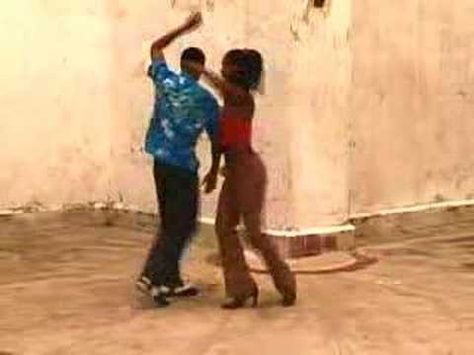 He was even called "dance for pensioners", "grandfather of salsa", often with a condescending smile. Indeed, sleep is a dance of Cuban peasants and ordinary workers who lived in the eastern part of Cuba, in the Oriente region.
He was even called "dance for pensioners", "grandfather of salsa", often with a condescending smile. Indeed, sleep is a dance of Cuban peasants and ordinary workers who lived in the eastern part of Cuba, in the Oriente region.
Only at the beginning of the 20th century did Havana learn about sleep, and then, thanks to the advent and rapid development of radio, all of Cuba. One of Havana's most notable orchestras, the Septeto Nacional, introduced the trumpet into the sona's instruments, pushing the boundaries of the genre and giving the sona the title of "popular Cuban music". In Paris, at 19In the year 28, Son's hit "El manicero" thundered, in fact, the triumphant debut of the Cubans in the European space, and two years later, all of America was going crazy for this music. However, not for long - after all, the golden era of jazz was coming ...
However, in the 40s, sleep became very popular again - the brilliant Cuban musician Arsenio Rodriguez (Arsenio Rodriguez) diversified sleep by incorporating elements of African culture, essentially defining the look of son (and then salsa!) For decades to come.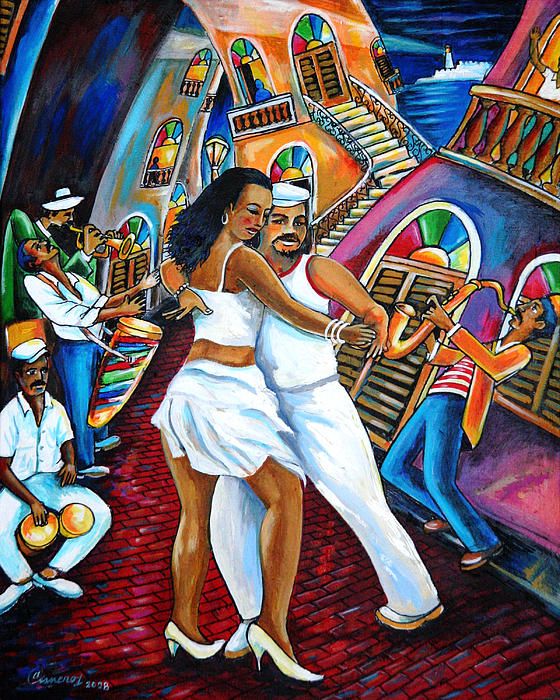 Many songs written at that time are still performed and covered by eminent musicians in a variety of styles. nine0003
Many songs written at that time are still performed and covered by eminent musicians in a variety of styles. nine0003
A real explosion of interest in Cuban culture in the 90s was again caused by the same "grandfather's" dream. The cult director Wim Wenders (known to Russian audiences mainly for such films as "Sky over Berlin", "Million Dollar Hotel") made a documentary film "Buena Vista Social Club" with Cuban musicians of the old school in the title role, which riveted the attention firmly and for a long time Europeans to sleep. And now, the highest-level instructors in classrooms and workshops around the world are devoting more and more time to studying sleep, and the ability to dance it is highly valued literally everywhere. nine0003
Learn to dance Son Cubano
In any business, it is difficult to overestimate the importance of learning the basics. A fundamental approach to mastering dance gives a lot - this is a worldview, and the right habits, and a deep understanding of the meaning of what you are doing. The ability to dance sleep is not only a tribute to fashion.
The ability to dance sleep is not only a tribute to fashion.
Without sleep, it is simply unthinkable to learn how to dance salsa well, in particular its Cuban style - casino (salsa casino), because in it all the main components of the dance - the principles of leading, interaction in pairs, circular choreography - are expressed most clearly and logically, reduced to simple and - really beautiful shapes. And at the same time, sleep remains easy enough for mastering by people of any age and training! nine0003
Many who tried to learn how to dance a dream fell in love with this dance and music, again and again finding inspiration and joy in it.
Whatever path you choose in social dancing - salsa New York, Los Angeles, casino, timba, reggaeton, bachata, rumba - the dream will always remain with you, simple, understandable and sincere poetry of a man in love with a woman, expressed in music and dance. When you dance sleep, you dance Cuba!
Dances of Cuba
Latin America and the word dance are inseparable concepts, probably, for everyone who hears this phrase. Such a rich number of dance styles that are known and danced almost all over the world can hardly be found on any other continent.
During the colonial period, Spanish ships stopped in Havana to inventory and tax their cargo. The ships then proceeded to their final destinations in Buenos Aires, San Juan (Puerto Rico) and other ports. On their return flight to Spain, they again stopped in Cuba for inspections and taxation. That is why the emerging dances of Cuba, such as the habanera, were as famous in Montevideo, Uruguay as they were in Havana. nine0003
In the 19th and 20th centuries, Cuban habanera, danzón, son (not to be confused with Mexican son), cha-cha-cha-cha and mambo continue to influence dance throughout Latin America.
Cuban danzón, son, cha-cha-cha, mambo
The first Cuban danzón is attributed to Cuban cornet player Miguel Falida.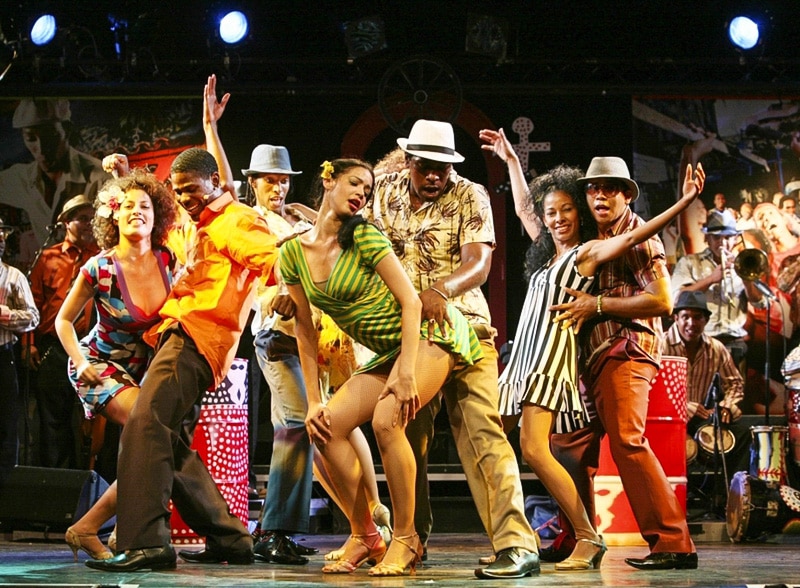 His music quickly gained popularity among middle-class Creoles, European-Cubans. Danzón became especially popular after the country's exit from colonial rule and the creation of an independent Cuba. nine0003
His music quickly gained popularity among middle-class Creoles, European-Cubans. Danzón became especially popular after the country's exit from colonial rule and the creation of an independent Cuba. nine0003
At the turn of the 20th century, the danzón was the model for structuring social behavior on the dance floor. Although the social dancers of the Americas were already familiar with couple dances in which there was close contact between partners, such as waltz, polka, and shottische, couples were allowed to dance in even closer contact in the danzón. The closeness of the partners, the swinging of the hips, and the use of a minimal area for dancing gave the danzón a distinctive look.
1890s Cuban danzón reincarnated at 19In the 1920s, it became a Cuban dream by adding more of the black Cuban dance elements.
In the 1940s, with the light hand of the popular Cuban musician Perez Prado, a new popular dance took root - mambo, which became something between sonna and swing. Cha-cha-cha, which was an offshoot of sonna, became popular in the 1950s. In the 1980s, the dance floors of Cuba were conquered by casino sleep. The casino was faster paced than regular sleep and featured multiple spins. It clearly traced analogies with New York salsa. Subsequently, the direction of casino rueda developed from the son casino, in which couples were placed in a circle. nine0003
Cha-cha-cha, which was an offshoot of sonna, became popular in the 1950s. In the 1980s, the dance floors of Cuba were conquered by casino sleep. The casino was faster paced than regular sleep and featured multiple spins. It clearly traced analogies with New York salsa. Subsequently, the direction of casino rueda developed from the son casino, in which couples were placed in a circle. nine0003
Salsa
One of the most popular dances in Cuba is salsa, a dance that is notable for its bright, energetic movements and swings to incendiary intense music. This style was formed in the 1960s from a mixture of Cuban mambo and Latin jazz, while in part the choreographic and stylistic shades of Puerto Rican folk dances were borrowed. In Colombia and Venezuela, salsa immediately became popular among the marginalized. People fell in love with salsa because the dancers in it constantly changed their movements, invented something new. Unlike strict ballroom dancing, salsa was created for fun.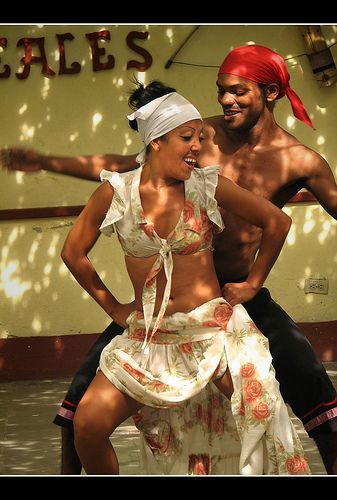 In fact, this dance broke the barriers of ethnicity and class and became a symbol of Latin America. By the 21st century, salsa had become a worldwide hit. nine0003
In fact, this dance broke the barriers of ethnicity and class and became a symbol of Latin America. By the 21st century, salsa had become a worldwide hit. nine0003
Son and Rumba
Son became the national dance of Cuba before the Cuban Revolution (1959), but Fidel Castro's government preferred the rumba as the national dance because it allegedly emphasized Cuba's "African heritage".
Rumba has three different forms:
- yambu,
- guaguanco
- colombia
Yambu is a dance in which a single couple slowly and sedately dance within a circle created by drummers, congas, singers , and the audience. Partners rarely touch each other, except when the man moves towards the woman and puts his hand on her shoulder. nine0003
In guaguanco, a man and a woman always dance facing each other, because this kind of rumba is a symbolic sexual game. Columbia is a dance for men who take turns entering a circle and competing with each other.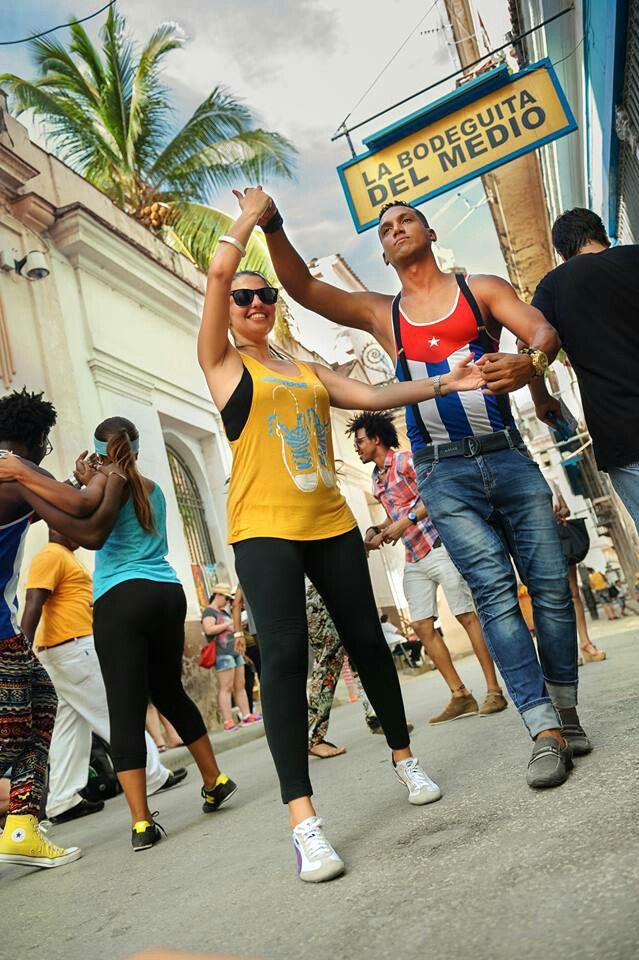 They can use candles balanced on their heads, dance (performing semi-acrobatic movements) around a bottle or hat on the floor.
They can use candles balanced on their heads, dance (performing semi-acrobatic movements) around a bottle or hat on the floor.
Black dance group
As for the black Cubans, their ritual dances formed a huge separate group of Cuban dances. They can be divided into four main groups, according to where the ancestors of the Africans who sailed to Cuba came from: dances of the Congo-Angol peoples of west-central Africa, Arara (descendants of the Fon and other ethnic groups from present-day Benin and Togo), Yoruba dances (mainly from Nigeria) and carabali (dances of peoples living along the Calabar River in Cameroon and Nigeria). nine0003
The most famous dances of black Cubans are the Yoruba dance called santeria and la religen lucumi.
Santeria is a mixture of African and Roman Catholic religious dances. Both men and women dance, and the musical accompaniment is provided exclusively by men playing the sacred bata drums. The Santeria are danced to please the orishas (deities) and persuade them to join in the celebration.

